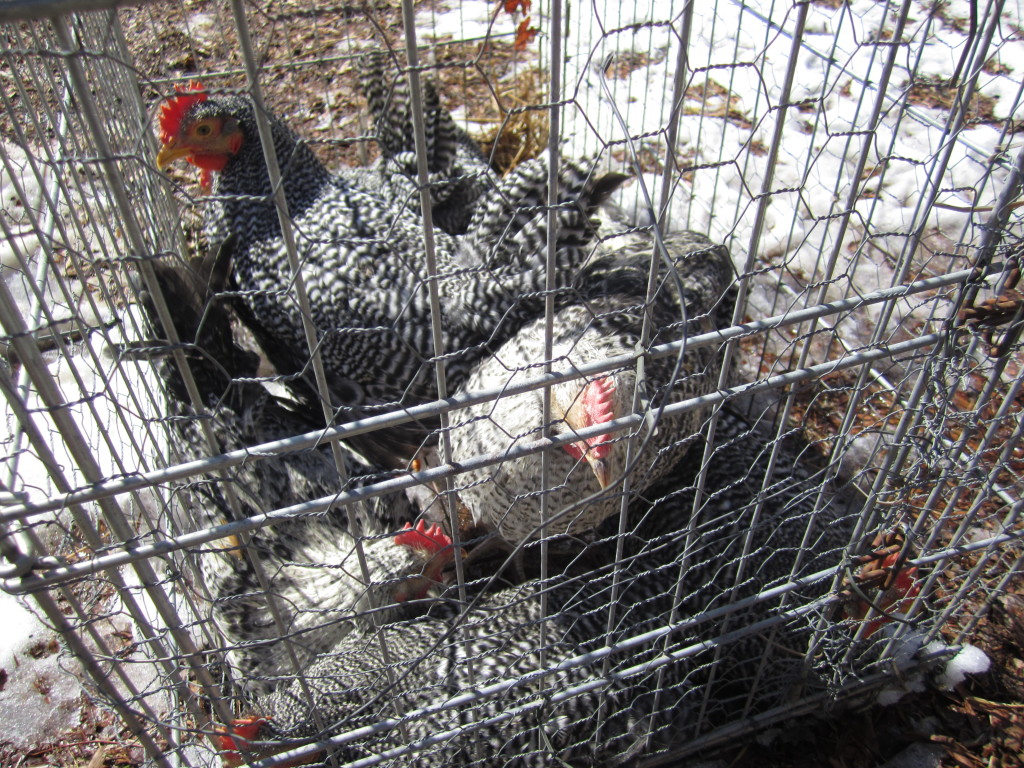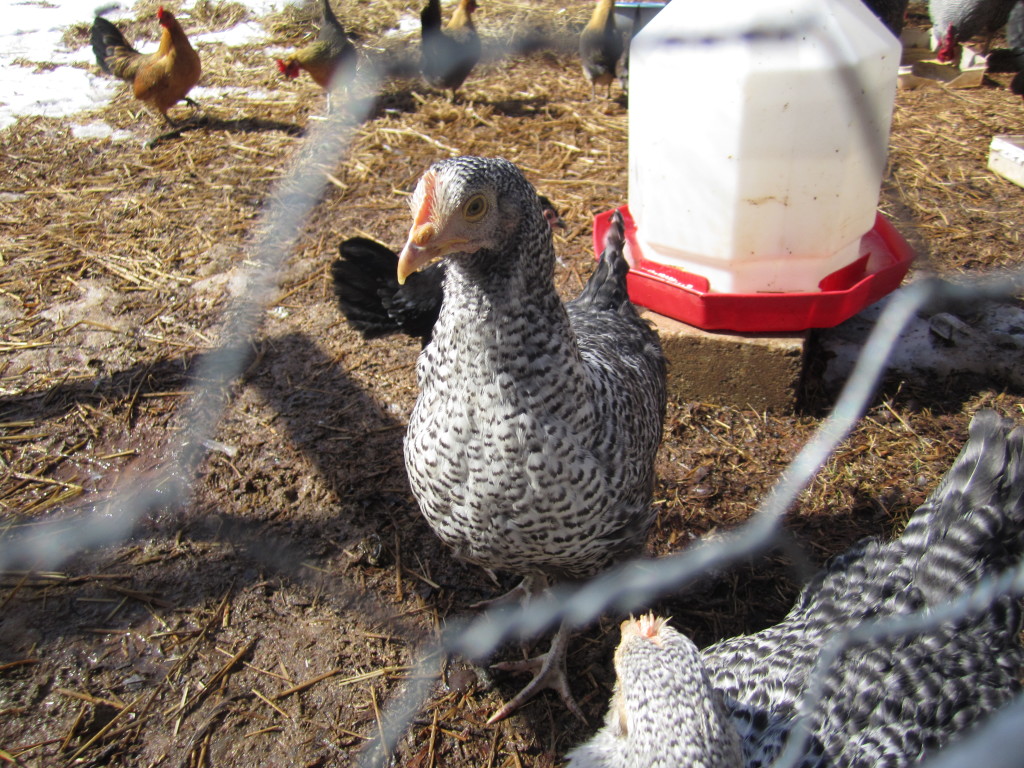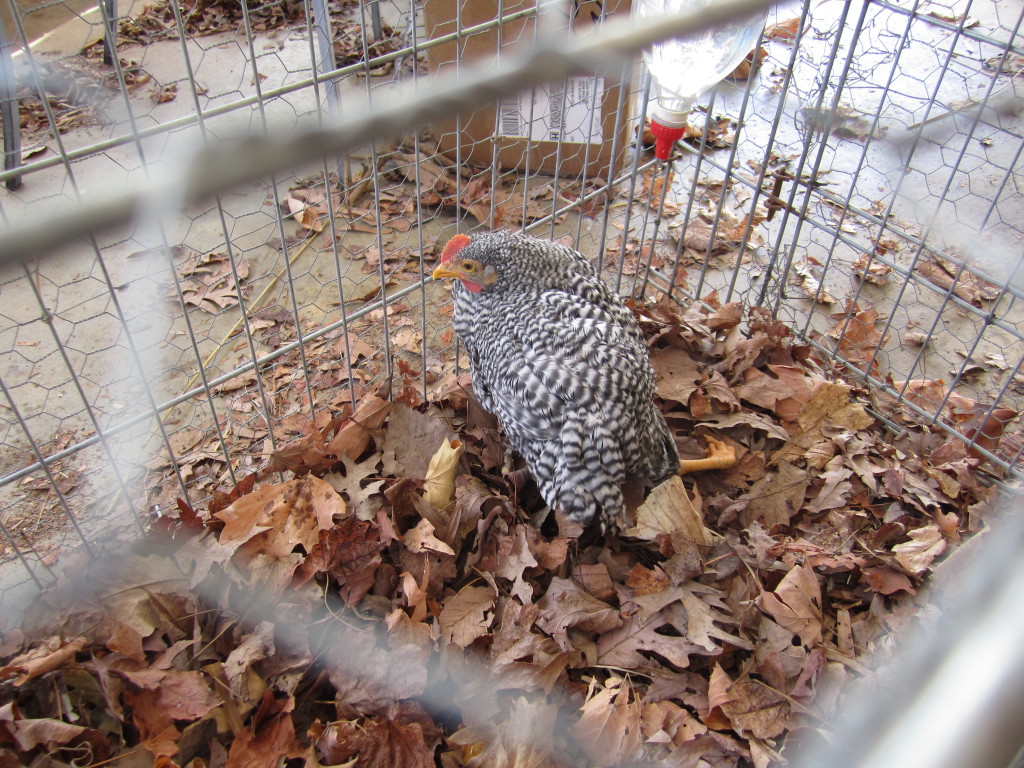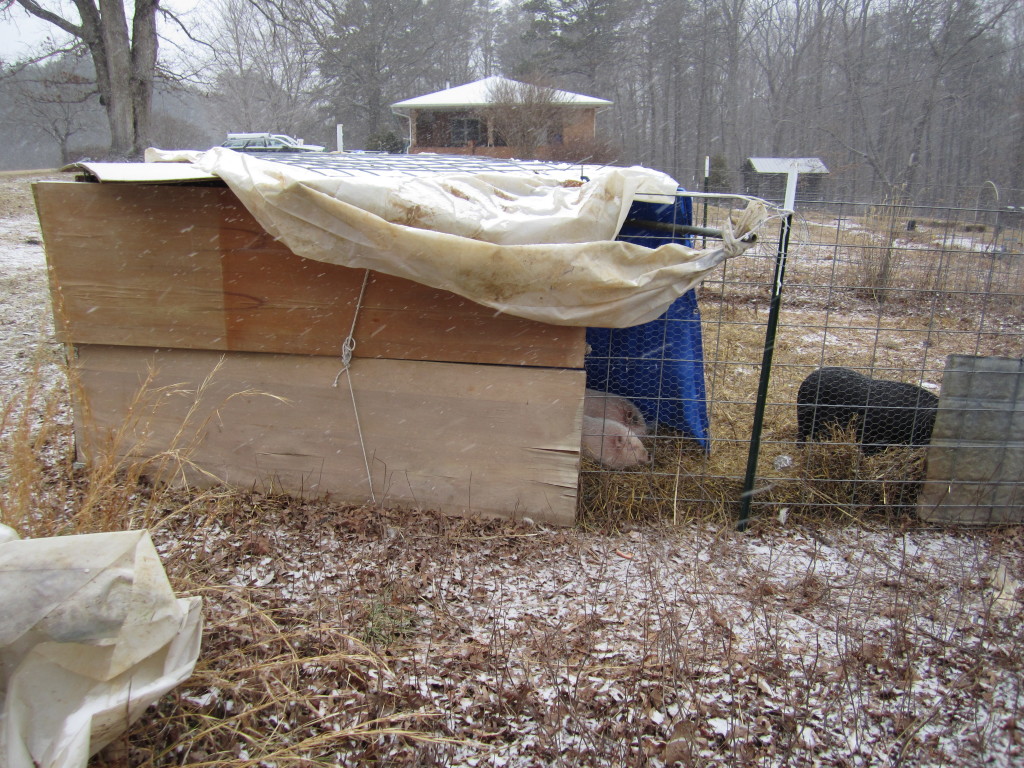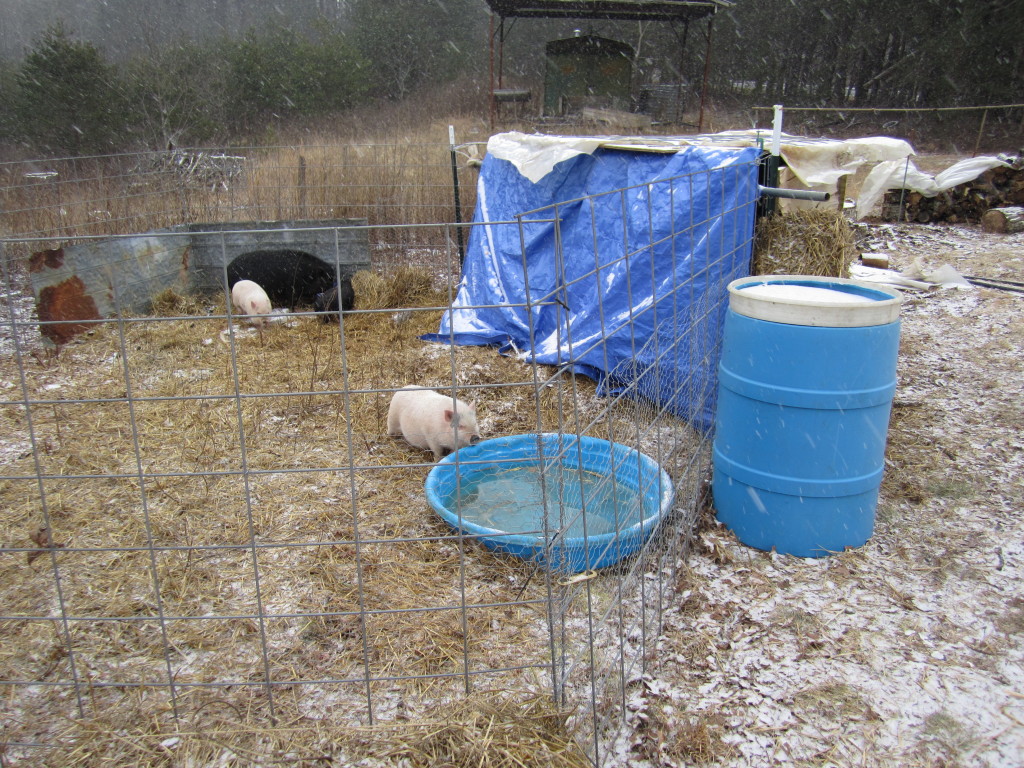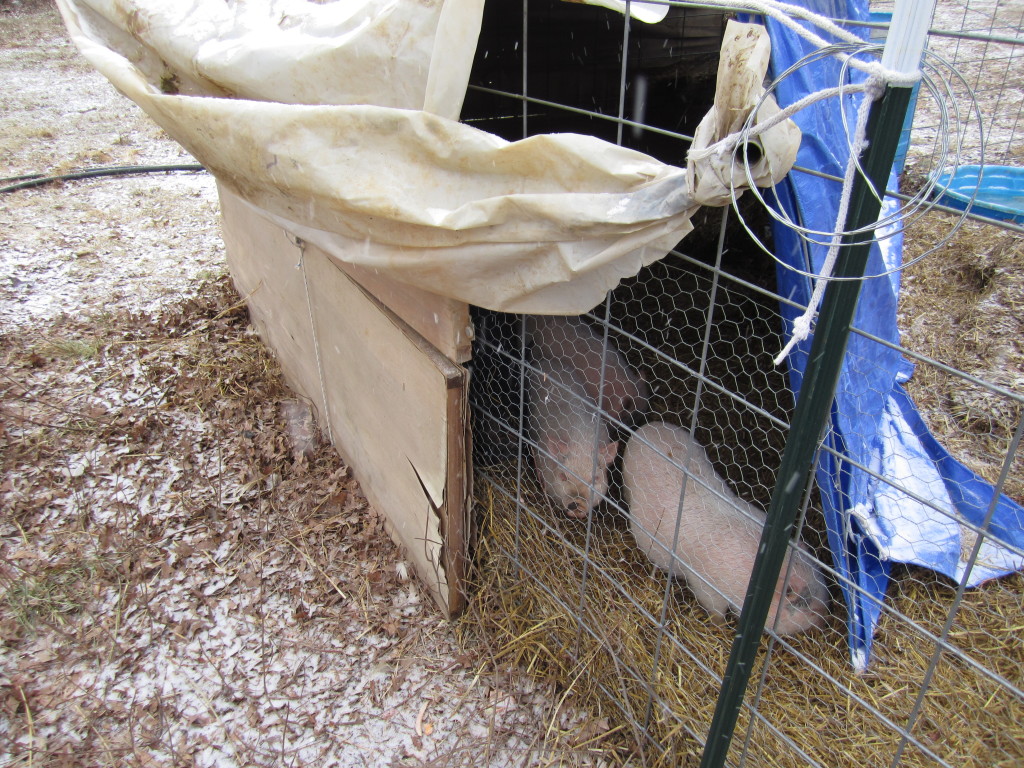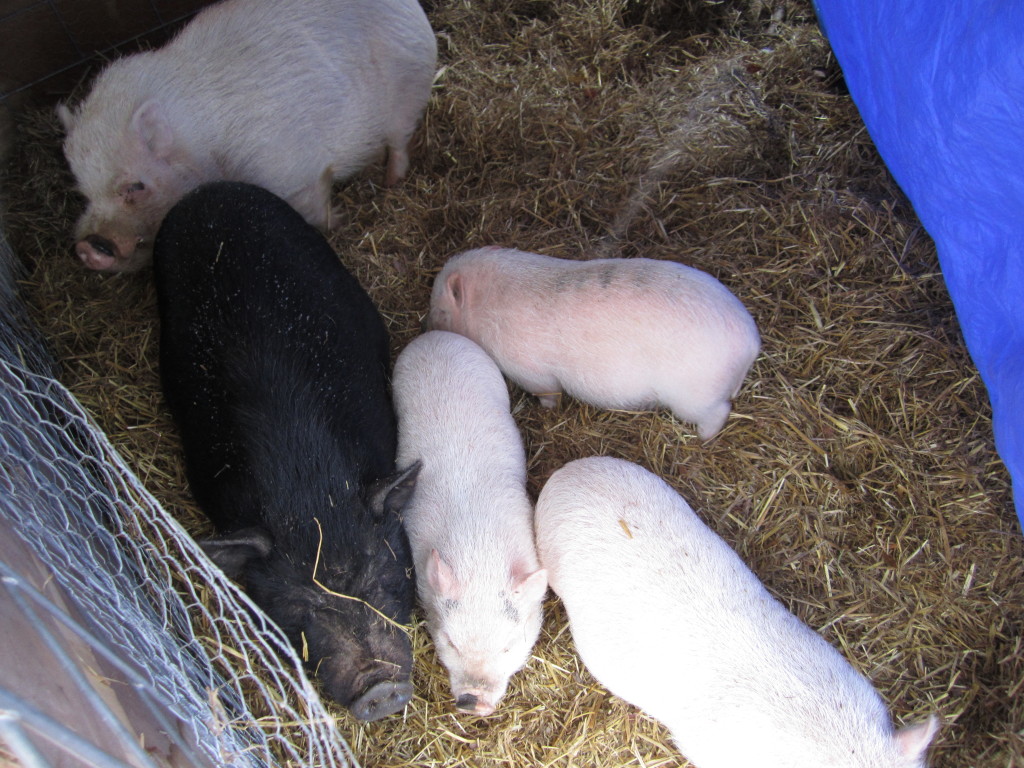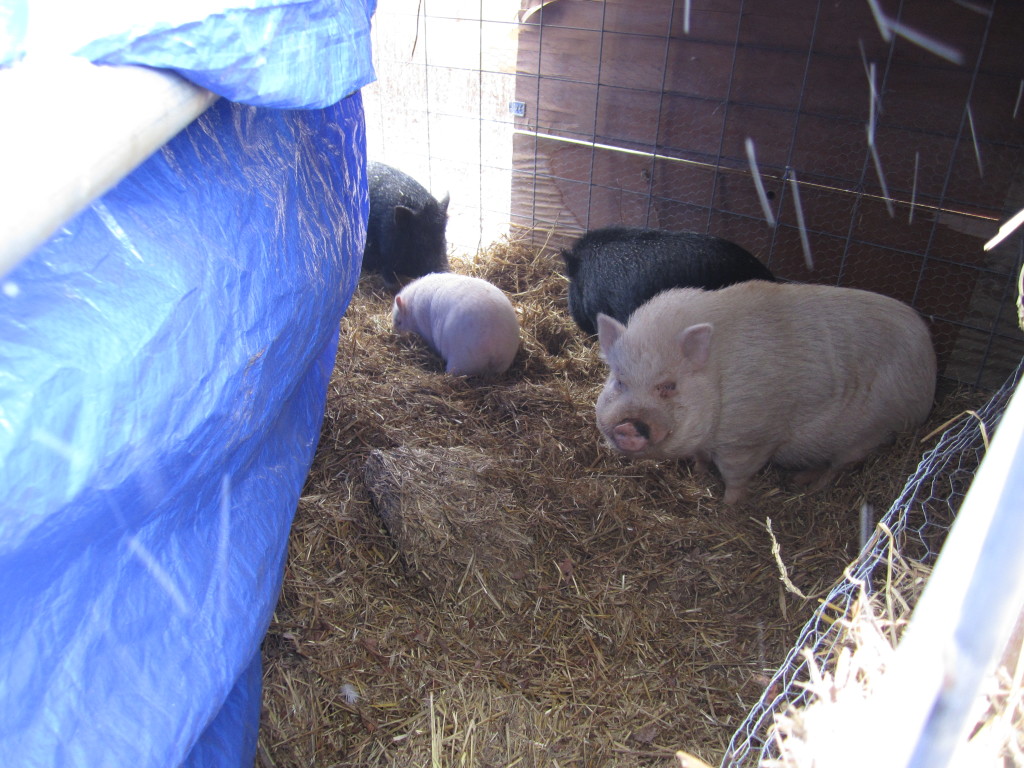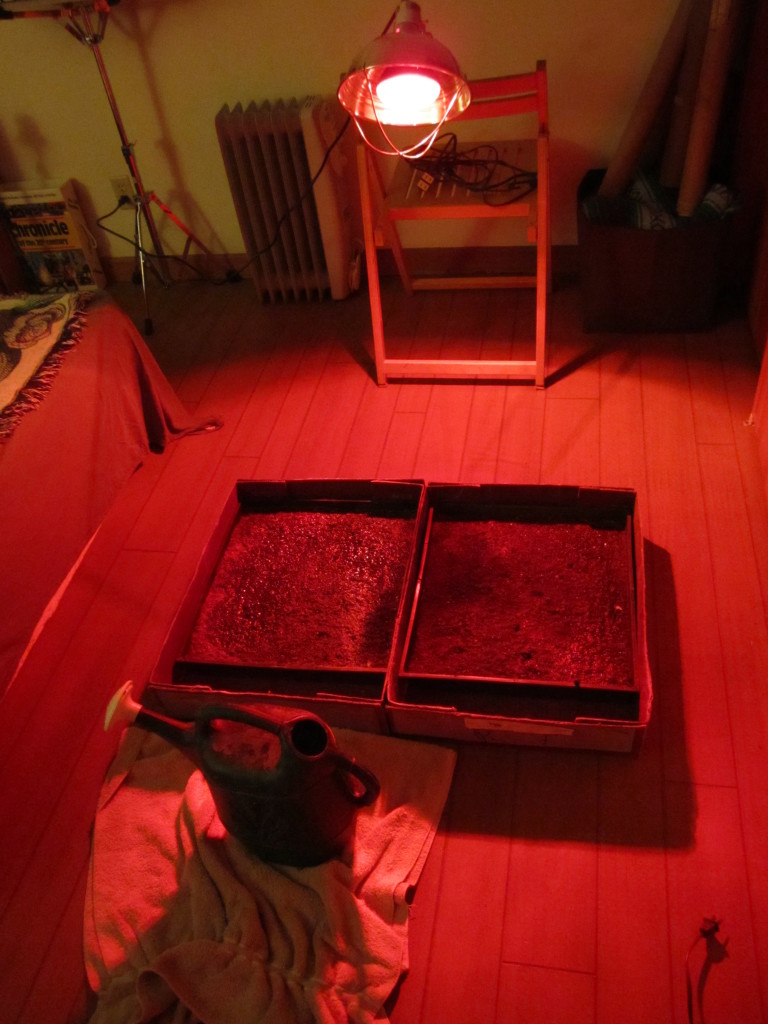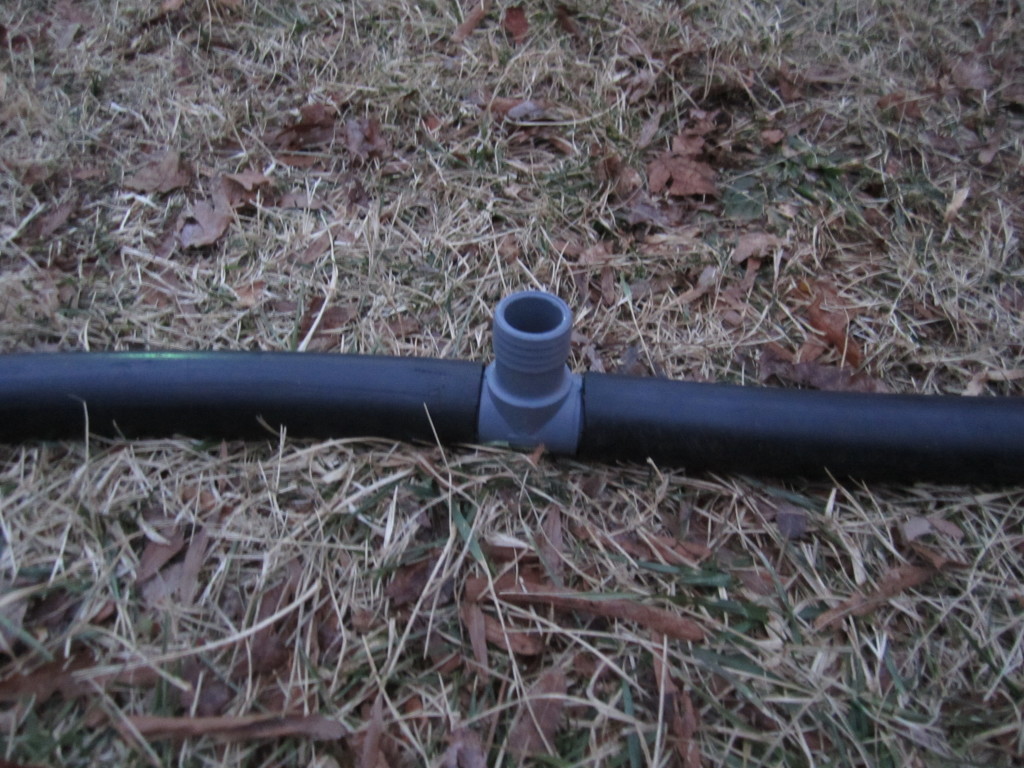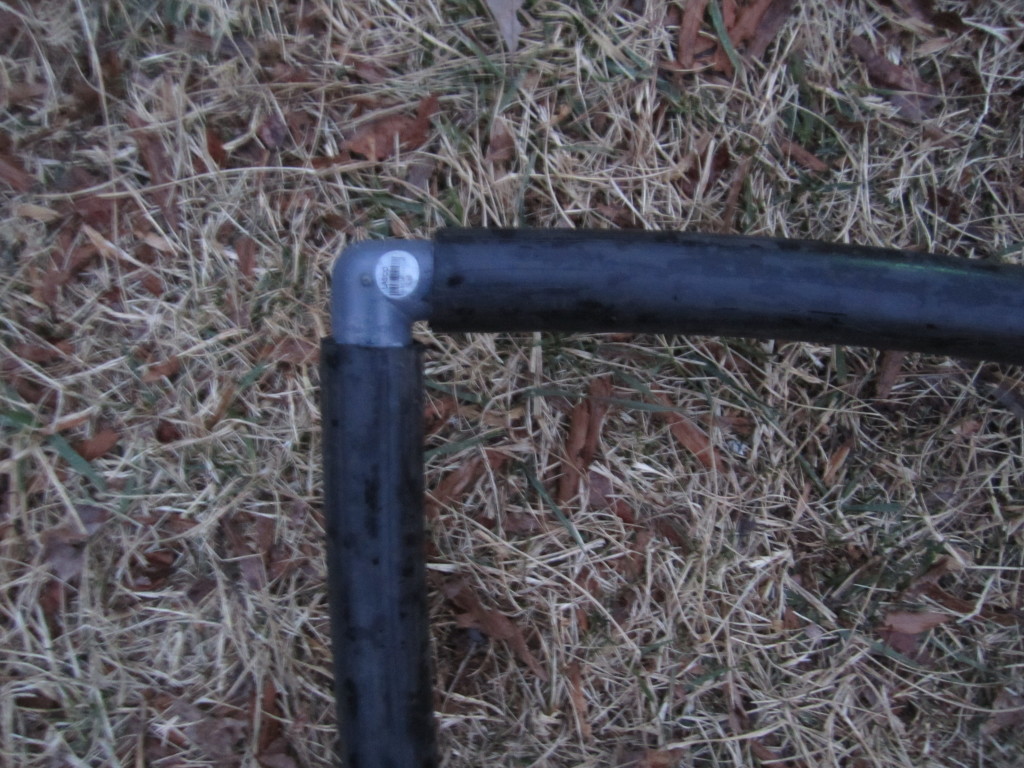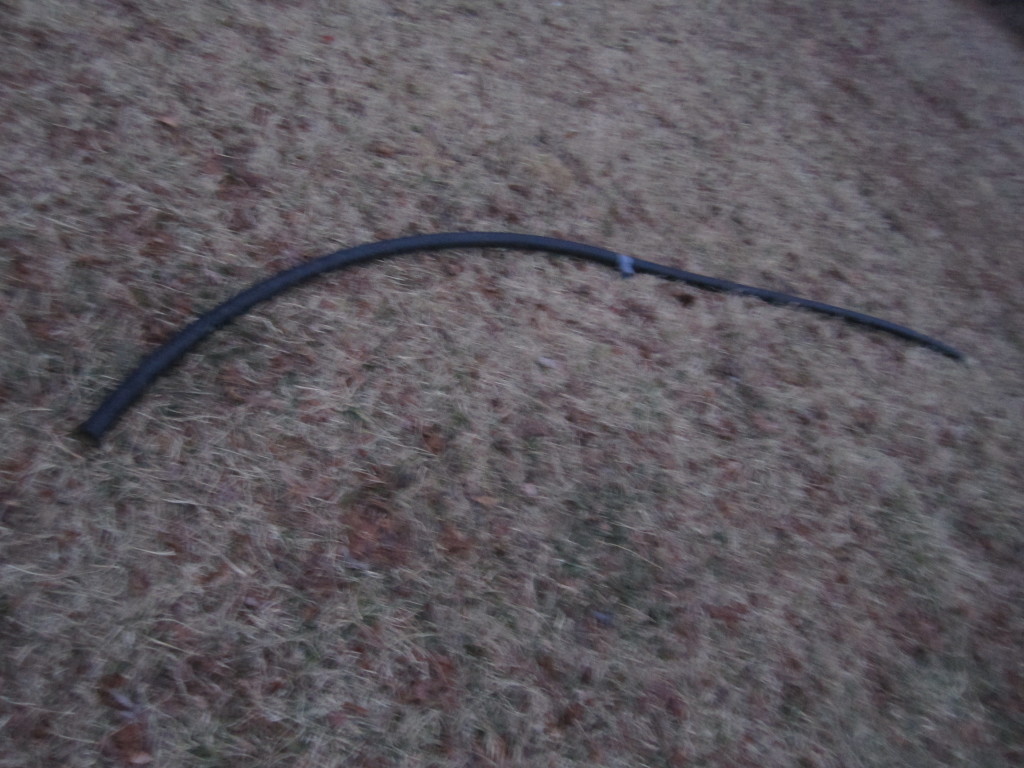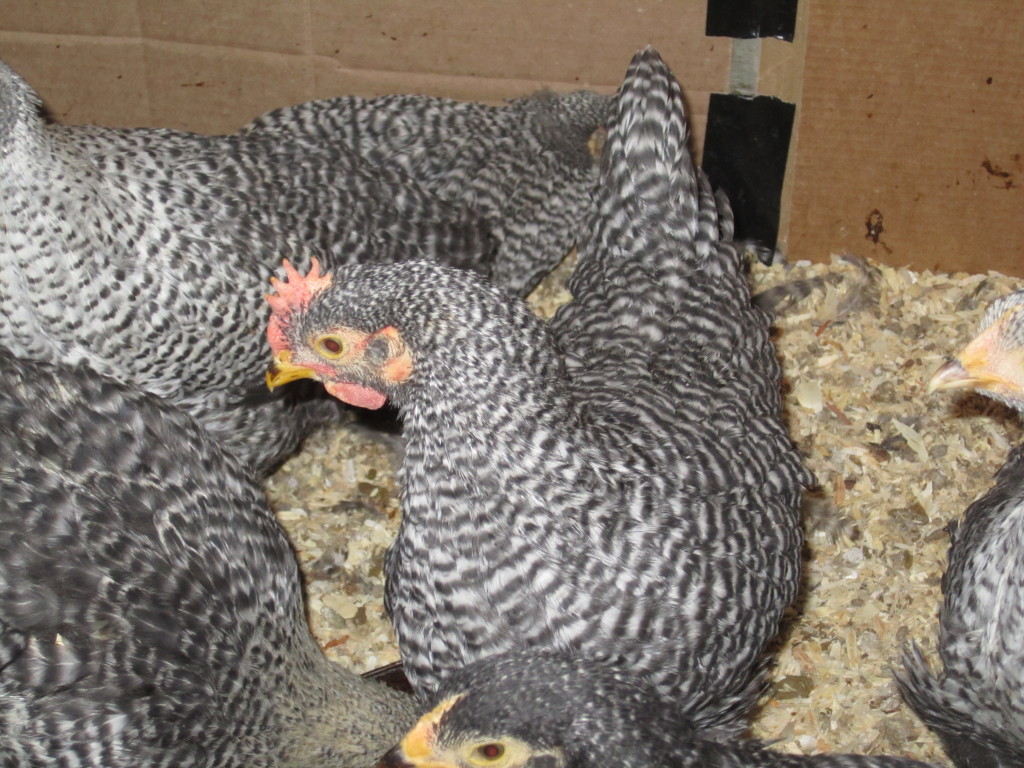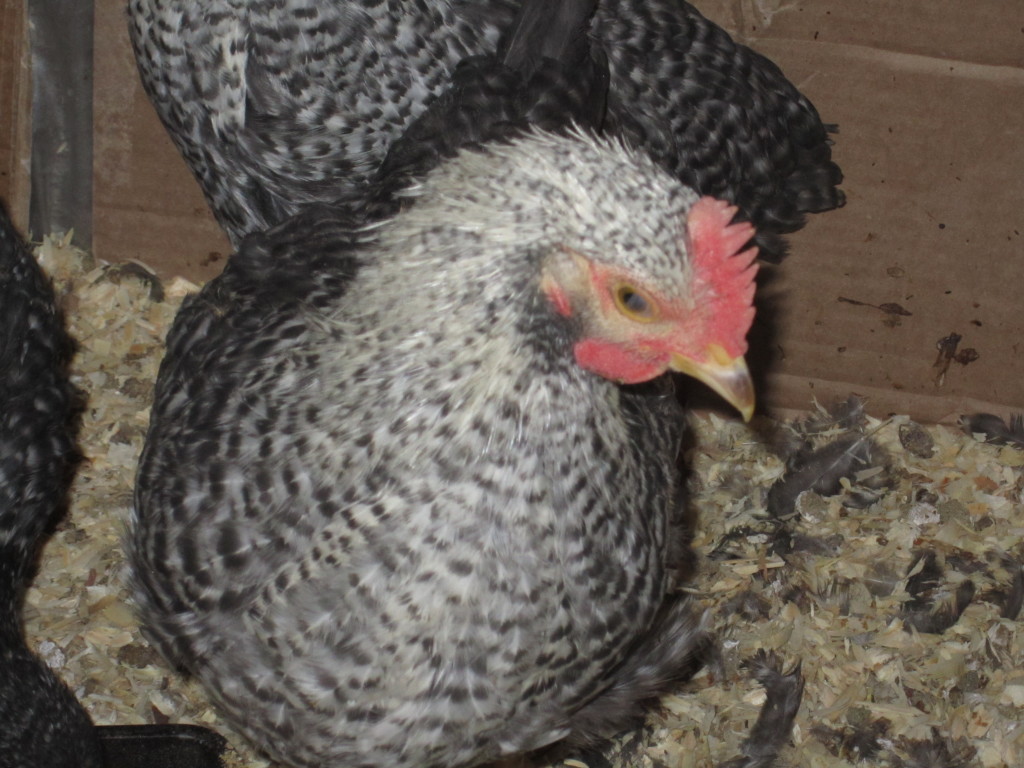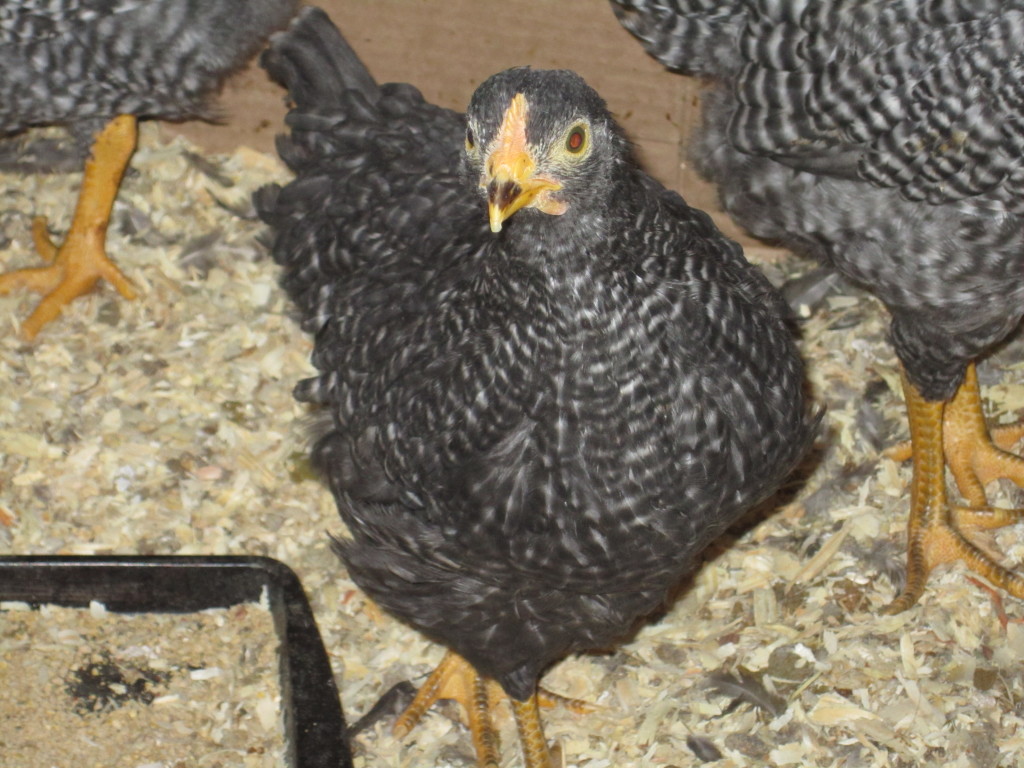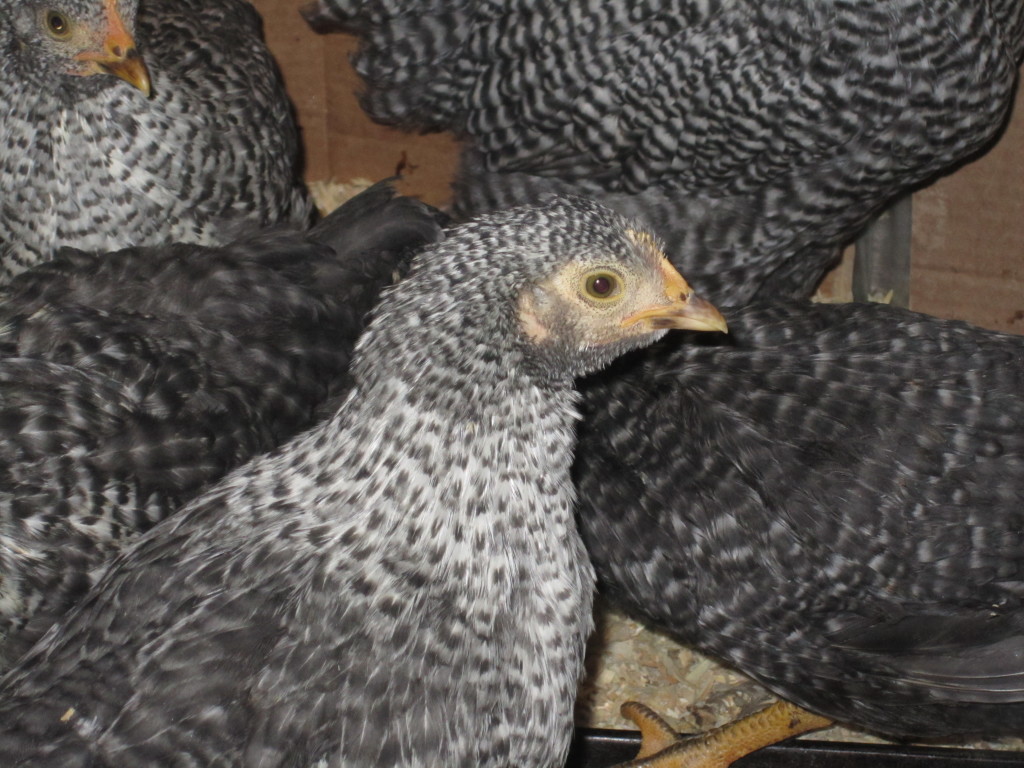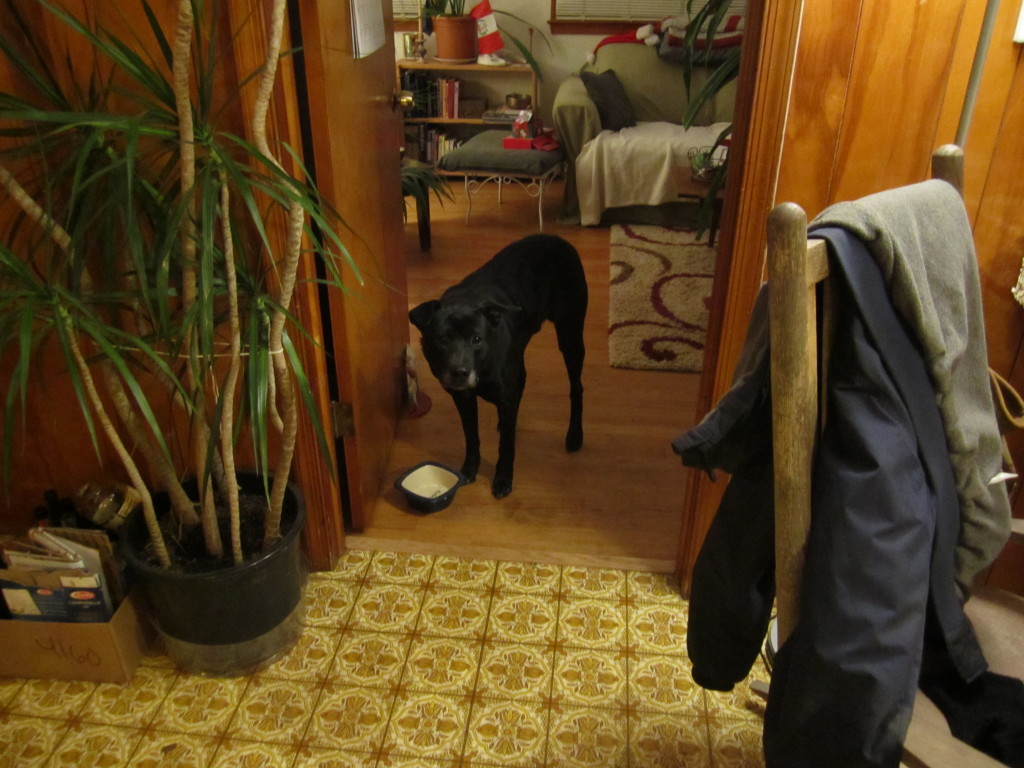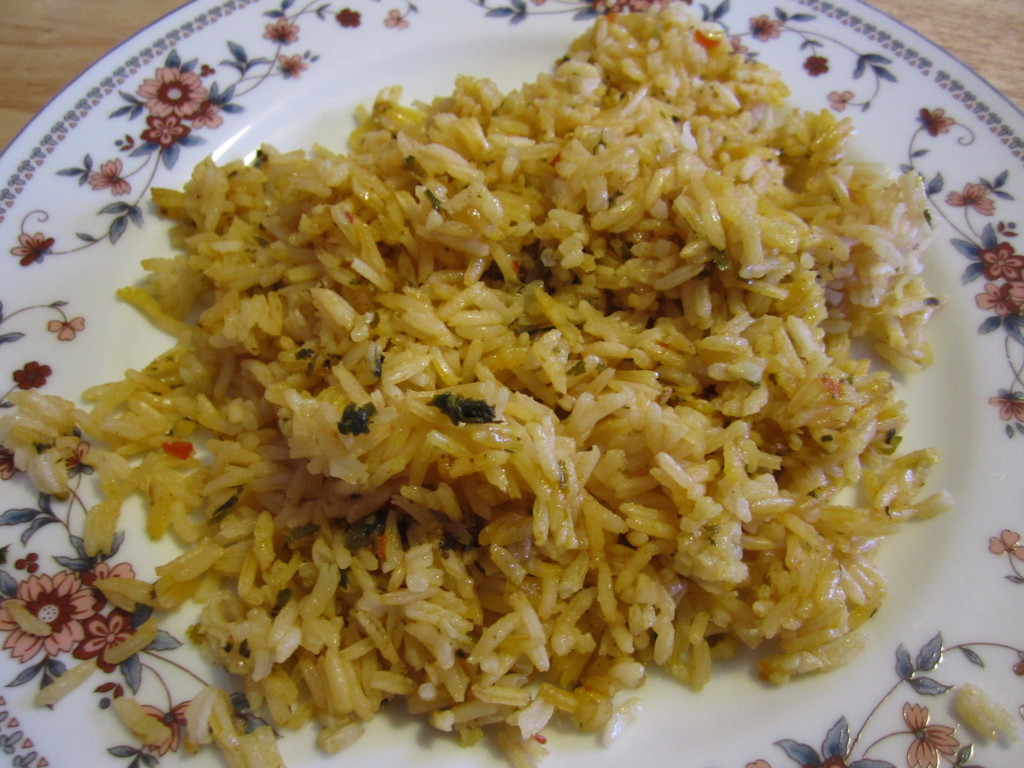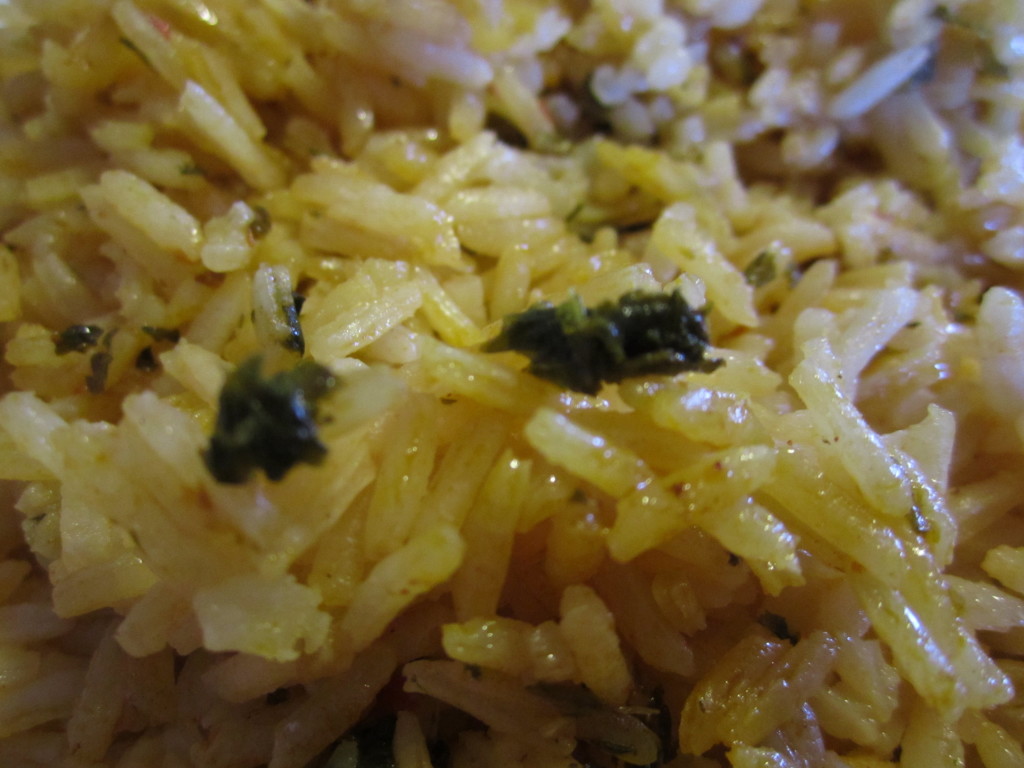Last weekend we finally felt comfortable enough with the weather to kick the teenager chickens out of the house and make them grow up!!!
We have an empty nest now! Except, not really because we have the new ducklings to take care of!
Anyway, we decided to put the female teenagers in with the adult standards and add the bantams in with them. The teenage boys are in the old bantam tractor and Gimpsy gets to live in his own cage in the carport (except during cold weather).
Getting them out of their basement home was simple since they are so used to me picking them up and petting them.
The boys have adjusted just fine in their tractor (likely because they don’t have any other chickens picking on them).
The girls… Not so much.
When we first put them in the yard with the other chickens, they acted catatonic and really confused about life. Since that day, most of them are more well-adjusted. Others still run from all other contact with chickens and hide in the corner of the fence or the house. We think that given time, all of the teenage girls will integrate just fine with the rest of the flock (i.e. their mothers and father).
Gimpsy is doing fine in his cage, and has become more vocal since feeling like he is the king of his castle (that is, except when Bolt sticks his big, ugly mug up next to his cage).
More updates to come!
.:.
